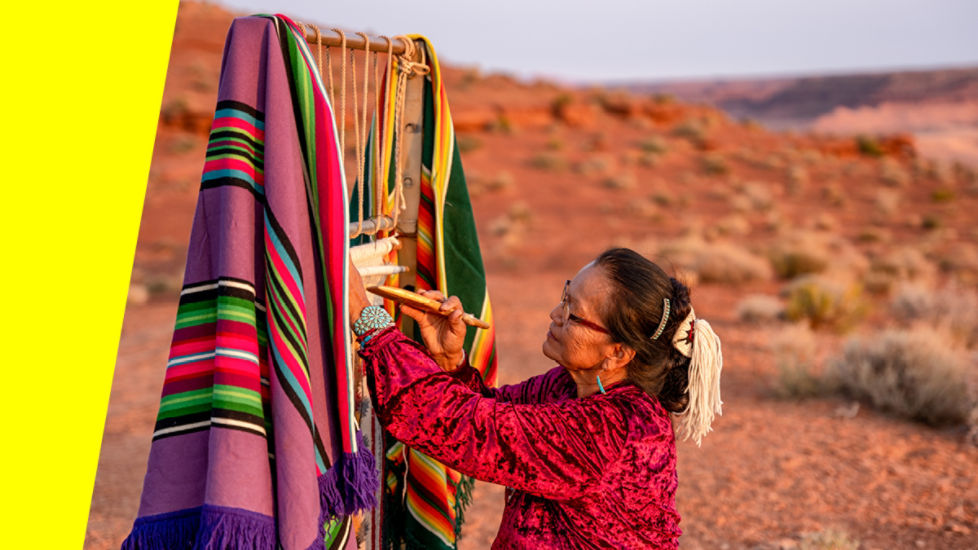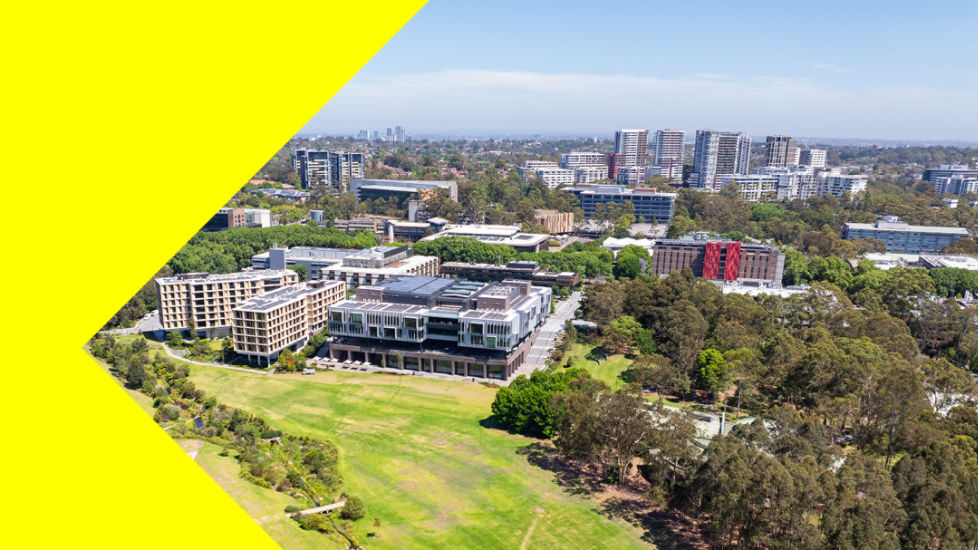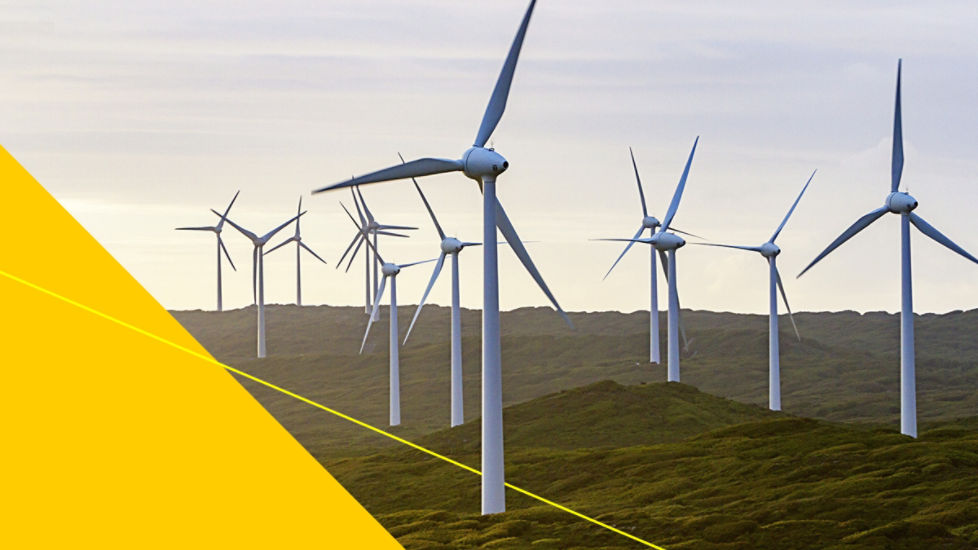Australia is in a prime position to become a renewable energy leader – as long as we get the transition right. "Our national grid is designed around centralised generation mostly from coal-fired power stations connecting with high-voltage transmission lines delivering electricity to major demand centres," says Neil Fraser, Executive Director of Natural Resources, Energy and Carbon at CommBank. "Energy security is paramount and because renewable generation is distributed, we need to firm those resources to keep the grid stable. Gas will play a role in the system to protect against periods of low renewable resource and we can't just turn off coal-fired power stations in the meantime. We need a managed transition."
The Australian Energy Market Operator (AEMO) is responsible for electricity and gas markets across the nation. It regularly updates its Integrated System Plan (ISP), the roadmap for getting the power network to net zero by 2050. AEMO's latest ISP projects that 90% of coal plants will be retired by 2035, with none in operation by 2038, meaning Australia's energy makeup will look very different in the future.
"The change is going to be really profound," says Merryn York, AEMO's Executive General Manager, System Design. There have already been giant leaps. "In just over 10 years, rooftop solar has risen from around one percent of households to one in three households," she says. "People talk about rooftop solar becoming the largest power station on our system."
Meanwhile, utility-scale solar and wind generation capacity has risen more than 600% and now has the potential to supply 99% of electricity demand, as long as it can be dispatched. More is needed, as well as the transmission network to deliver it. "We really need investment coming through to ensure we get that right," says York.
A big investment in tomorrow
"The energy transition is a massive undertaking and a once-in-a-generation opportunity," says Suzanne Falvi, Executive General Manager of Corporate Affairs at integrated energy company AGL. "There's a lot of ambition behind Australia's energy targets and it's great to see policy settings that will help us get there. We need to get transmission built, there are supply chain issues and we need to upskill our workforce – we're working through all that."
AGL is putting its money where its ambition is. "We needed to strike the right balance between funding the transition and reinvesting in our portfolio, as well as making sure energy stays affordable for our customers," says Falvi. "AGL is looking to invest about $8 to $10 billion into the energy transition. To plan for that investment, we went back to our capital allocation framework and we changed our dividend policy, all to make sure that we have the flexibility to invest in the transition, continue to strengthen our core business and deliver shareholder value at the same time."
Tapping Australia's rich renewable resources
"Australia has world-class solar and wind resources," says Tim Nelson, Executive General Manager of Energy Markets at Iberdrola Australia, a global renewable energy developer headquartered in Spain. "Australia is one of only a handful of countries with the potential to be the energy superpower that [economist] Ross Garnaut talks about, with its existing ports and expertise in bulk commodities. As a strategic destination for international capital, Australia makes a lot of sense."
In the meantime, despite supportive renewable energy policies from both federal and state governments, "2023 was one of the quietest years since 2016, in terms of new renewable projects hitting financial close" says CommBank's Fraser.
Nelson, a leading energy market economist, has theories about why. "There is a lot of storage being built – you can't add a lot more renewables until you've got the ability to soak up the energy being generated."
The other problem to solve is dispatching renewable power from the new generation network. "Transmission is key," says Nelson. "If I could wave a magic wand and go back in time, I'd go back five years and get the transmission build-out happening."
Even without a magic wand, he's optimistic. "At every iteration of policy evolution in the past 20 years, a lot of people said, ‘We'll never get it done on time,' or, ‘It will be too expensive,' and they've been wrong <every> time. Markets have found a way to get that investment in and get that new energy supply happening, often at a much lower cost than originally anticipated."




